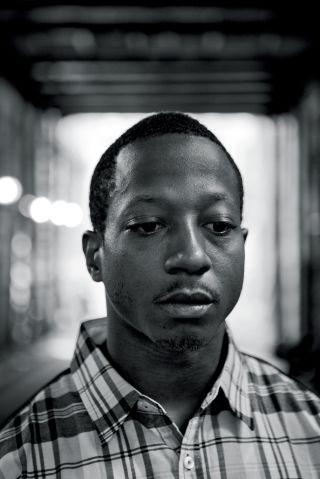In the early hours of Saturday, May 15, 2010, ten days before his seventeenth birthday, Kalief Browder and a friend were returning home from a party in the Belmont section of the Bronx. They walked along Arthur Avenue, the main street of Little Italy, past bakeries and cafÉs with their metal shutters pulled down for the night. As they passed East 186th Street, Browder saw a police car driving toward them. More squad cars arrived, and soon Browder and his friend found themselves squinting in the glare of a police spotlight. An officer said that a man had just reported that they had robbed him. “I didn’t rob anybody,” Browder replied. “You can check my pockets.”...
Browder’s family could not afford to hire an attorney, so the judge appointed a lawyer named Brendan O’Meara to represent him. Browder told O’Meara that he was innocent and assumed that his case would conclude quickly. Even the assistant district attorney handling the prosecution later acknowledged in court papers that it was a “relatively straightforward case.” There weren’t hours of wiretaps or piles of complicated evidence to sift through; there was just the memory of one alleged victim. But Browder had entered the legal system through the Bronx criminal courts, which are chronically overwhelmed. Last year, the Times, in an extended exposÉ, described them as “crippled” and among the most backlogged in the country. One reason is budgetary. There are not nearly enough judges and court staff to handle the workload; in 2010, Browder’s case was one of five thousand six hundred and ninety-five felonies that the Bronx District Attorney’s office prosecuted. The problem is compounded by defense attorneys who drag out cases to improve their odds of winning, judges who permit endless adjournments, prosecutors who are perpetually unprepared. Although the Sixth Amendment guarantees “the right to a speedy and public trial,” in the Bronx the concept of speedy justice barely exists.
With each day he spent in jail, Browder imagined that he was getting closer to trial. Many states have so-called speedy-trial laws, which require trials to start within a certain time frame. New York State’s version is slightly different, and is known as the “ready rule.” This rule stipulates that all felony cases (except homicides) must be ready for trial within six months of arraignment, or else the charges can be dismissed. In practice, however, this time limit is subject to technicalities. The clock stops for many reasons—for example, when defense attorneys submit motions before trial—so that the amount of time that is officially held to have elapsed can be wildly different from the amount of time that really has. In 2011, seventy-four per cent of felony cases in the Bronx were older than six months.
[For more of this story, written by Jennifer Gonnerman, go to http://www.newyorker.com/magazine/2014/10/06/law-3]




Comments (1)